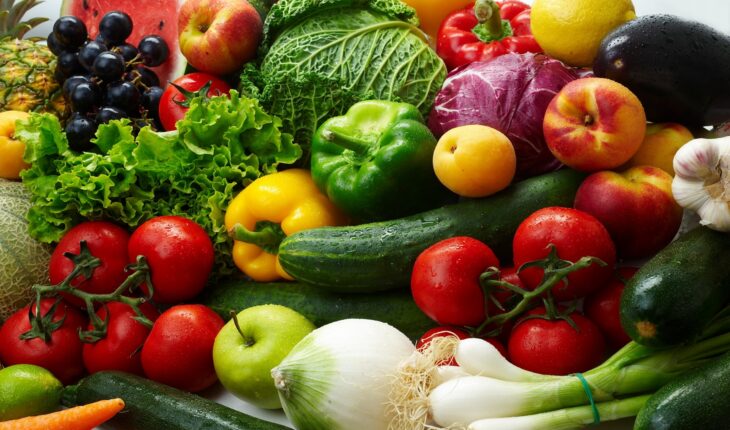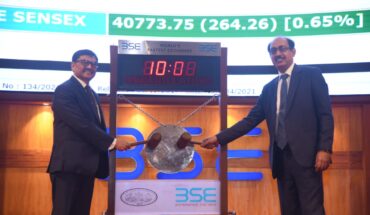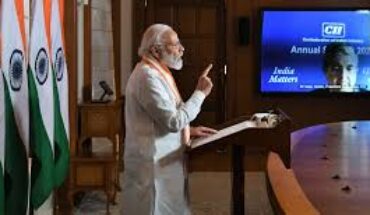NEW DELHI: Inflation at the wholesale level eased to 5.7 per cent in March on declining fuel prices and appreciating rupee even as food prices hardened. Based on the Wholesale Price Index (WPI), inflation was at 6.55 per cent in February. In March last year, it was at (-)0.45 per cent.
According to the official data released today, food prices saw a sharp rise of 3.12 per cent last month compared to 2.69 per cent in February.
This was primarily because of a big jump in vegetable prices where inflation stood at 5.70 per cent. As for fruits, the figure was also high at 7.62 per cent, while for eggs, meat and fish, it was 3.12 per cent. Fuel inflation declined to 18.16 per cent, from 21.02 per cent in February. Manufactured items witnessed some softening in the rate of price rise, with inflation at 2.99 per cent in March, as against 3.66 per cent in the previous month. Experts said while the rupee has been on an appreciating trend against the US dollar since February, cut in fuel prices in March pushed down fuel and manufactured product prices. A stronger rupee lowers import costs and cuts down the cost of manufacturing. International oil prices dipped in a month’s time to USD 49 per barrel from USD 55, reflecting in a Rs 3.77 per litre cut in petrol price and Rs 2.91 in diesel. Rates have since climbed to USD 54 per barrel. The rupee which was at 66.7 to a dollar in February end strengthened to 64.85 to a dollar. “We believe there is an upside risk to the inflation with the increasing global commodity prices and expectation of possible below-normal monsoons. Food prices could see a moderation in the coming months with the Rabi harvest coming into the markets,” CARE Ratings said in a statement. ICRA, however, projected food inflation to inch up in April, led by perishables, in line with rising temperatures. Going forward, monsoon dynamics would dictate the trend in food inflation, particularly for kharif crops, it said. “The continued appreciation of the INR relative to the USD may weaken the trend of resetting of prices at the beginning of the fiscal year, further dampening core inflation in April 2017,” ICRA Principal Economist Aditi Nayar said. “A likely reversal of the INR movement in subsequent months, as well as prices changes related to the introduction of GST, would crucially affect the trend for core inflation,” she added. Inflation for January was revised upwards to 5.53 per cent from the provisional estimate of 5.25 per cent. Earlier this month, the Reserve Bank had left key policy rate unchanged at 6.25 per cent for the third review in a row citing upside risks to inflation. It had, however, increased the reverse repo rate — which it pays to banks for parking funds with it — by 0.25 per cent to 6 per cent, narrowing the policy rate corridor. For 2017-18, RBI projected retail inflation to average 4.5 per cent in the first half and 5 per cent in the second half. The data released last week showed that retail inflation, based on Consumer Price Index (CPI), touched five-month high of 3.81 per cent in March on costlier food items and non-food products like fuel and light. RBI frames its monetary policy on the basis of retail inflation.—PTI





